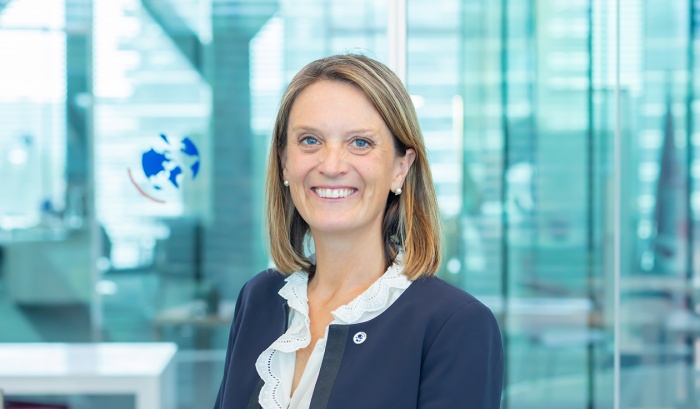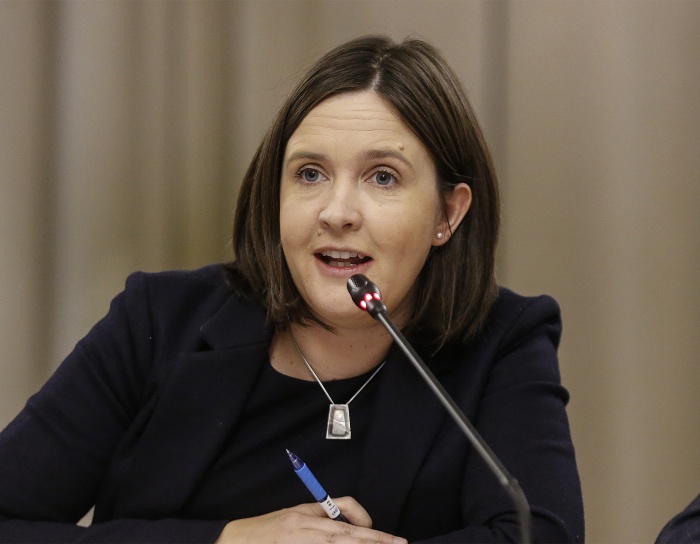Advancing Inclusive Mediation Through the Lens of Leadership
The number of civil wars tripled in the decade to 2015. In this context, mediation is widely recognised as a critical tool for promoting the peaceful settlement of disputes, and for conflict prevention and resolution.
The number of civil wars tripled in the decade to 2015. In this context, mediation is widely recognised as a critical tool for promoting the peaceful settlement of disputes, and for conflict prevention and resolution. The UN Secretary General, António Guterres, has made mediation a strategic priority, stating in his latest address to the Security Council that “innovative thinking on mediation is no longer an option, it is a necessity.” i In addition, regional organisations including the African Union, the Economic Community of West African States (ECOWAS), the European Union, and the Organization for Security and Co-operation (OSCE) are also increasing their mediation capacity.
It is also increasingly recognised that those who lead high-level mediation processes need to be more representative of diverse stakeholders who bring different perspectives and experiences. Increasing the diversity of mediators is important, because the experience of the mediator will determine how they assess the relative priority of issues in the peace process, and how they are able to connect across tracks to lead inclusive processes.
The barriers to inclusion of people with diverse backgrounds are highlighted by the lack of representation of women: this specific field is recognised as one of the most ‘stark and difficult to address gaps’ in achieving gender parity.ii As stated by Mossarat Qadeem, the exclusion of women is not about culture, it is about power.iii A gendered lens helps us to identify the processes, biases and barriers which contribute to the marginalisation and exclusion not just of women, but of all stakeholders who should be at the peace table.
Key Points
- The complex, volatile and long-lasting nature of contemporary conflicts demands more inclusive mediation processes. These must recognise shifting power structures and connect local, national and global actors. One way to achieve this is to increase the representation of women mediators globally.
- Greater transparency and a move towards skills-based recruitment of mediators of violent conflicts would help to increase the representation of women by:
a. overcoming existing biases within the system to recognise broader experience and transferrable skills to build diverse teams;
b. shifting the emphasis towards skills such as emotional intelligence, which play a critical role in teaming and conflict mediation;
c. enabling the professionalisation of conflict mediation and level the playing field; - Skills-based recruitment would also enable greater synergy between Tracks I, II and III to facilitate more inclusive peace processes that are
likely to deliver long-term peace and more resilient societies. - Specific actions are needed from networks, states and international organisations to enable women to overcome the structural barriers faced, supporting them from an earlier stage, and making them more visible.


